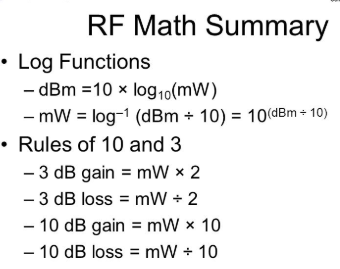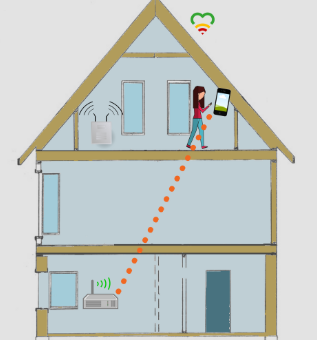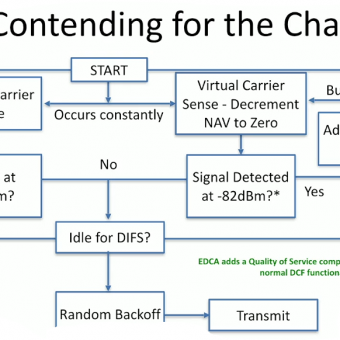Today I would like to take the opportunity to write about inverse square law. What is inverse square law and why it’s important for us as Wi-Fi Engineers to understand. Its important to understand that how RF behaves when distance increases. I will start with light example which is easy to understand, and it workRead more about Inverse Square Law[…]
Category: Wi-Fi Blog
I would like to write this post specifically for beginners who are trying to understand that what is a protocol analyser or what are the options available specific to Wi-Fi troubleshooting. First question what is protocol analyser Why we need it What options are available to capture WLAN traffic How we can use it for our benefit suchRead more about Protocol Analyser for beginners[…]
Very important question that what should be the power setting of an access point. All vendors suggest that maximum transmit power is not a good idea because it increases the chances of co channel interference. During my Ekahau ECSE training by Mr Keith R. Parsons I was able to discuss this question and his answerRead more about Access Points Transmit Power[…]
You are about to learn RF maths, without having to use logarithms. The rule of 10s and 3s provides approximate values, not necessarily exact values. If you are an engineer creating a product that must confirm to RF regulatory guidelines, you will need to use logarithms to calculate the exact values. I would like toRead more about dBm to mW conversion cheat sheet[…]
If you’ve been working in the IT world for awhile, you’ve likely encountered so-called “sticky client syndrome.” A sticky client remains connected to an AP even as the device roams further and further away from the AP. Users can get frustrated because their device shows a low signal, even as they may be standing directlyRead more about Sticky Clients[…]
There are benefits for businesses when it comes to shared office spaces – low overhead, lease flexibility, and networking opportunities come to mind – but there are also some challenges, such as maintaining a strong wireless infrastructure. A WiFi network in these spaces is not operating in a controlled setting, but it still needs toRead more about Challenges in Multi tenant Workspace[…]
The primary objective of 802.11ax AKA Wi-Fi 6 is to make sure that Wi-Fi devices use RF spectrum more efficiently. RF spectrum is a very precious resource and we need to make sure that it gets used effectively and efficiently. 802.11 ax is also called as high-efficiency Wi-Fi standard. This is a big paradigm shiftRead more about 802.11ax AKA Wi-Fi 6[…]
All WiFi professional agrees on the best practice to limit the number of SSIDs which can cause massive overhead on the WLAN network. I have experience working specially in one company where common practice was to create SSID for every office in a multitenant site to provide different VLANs. It took me a while toRead more about SSIDS overhead effect on channel utilisation[…]
Question Time: I was quite confuse before I started my journey towards CWNE that why we have 802.11 states order as shown below. Why on the earth we have authentication before we successfully passed security. 802.11 Machine States: STA connecting to an open SSID. The summary of it all is as follows: STA is unauthenticatedRead more about Authentication Frame Misunderstanding[…]
The 802.11 standard ensures that all stations, both radio-based network interface cards (NICs) and access points, implement access methods for sharing the air medium. When installing wireless LANs (WLAN), most people don’t give much thought to these mechanisms. A solid understanding of 802.11’s medium access methods, however, will enable you to deal more effectively withRead more about 802.11 Deferral Process (Medium Access Method)[…]









